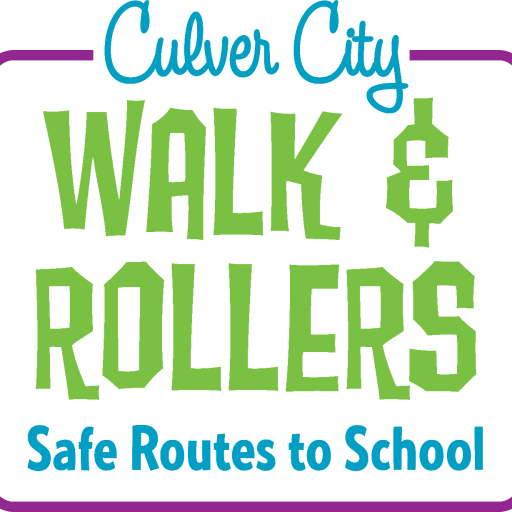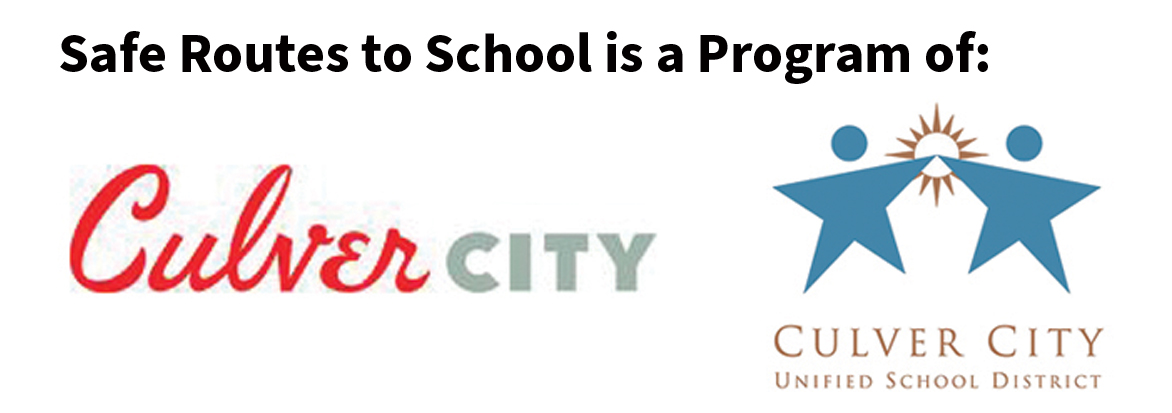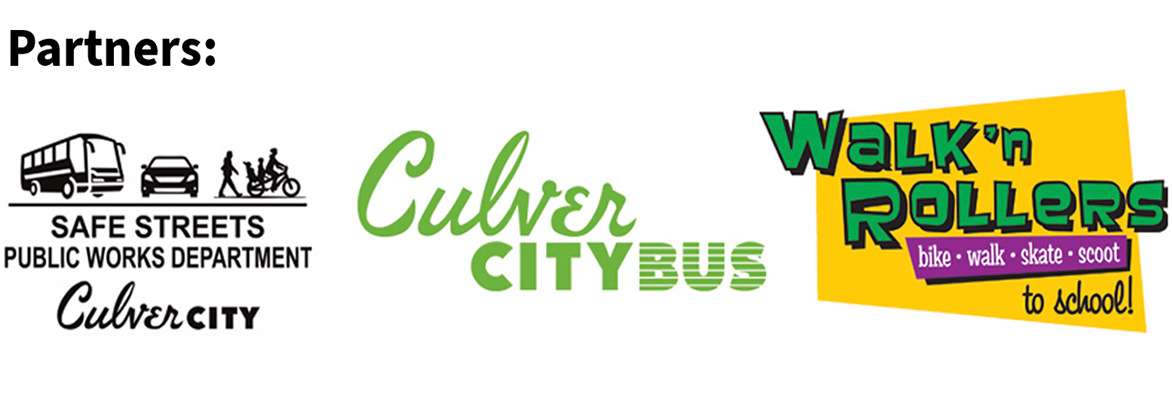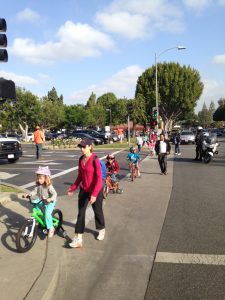
Parent Travel Survey
We want to hear from you! Please take a few minutes to complete the Parent Travel Survey and let us know how you get to/from school and how we can improve the program.
Survey Links:
Weekly Prize Drawings
Each week we will pull one random winner form survey responses. To be entered, leave your e-mail at the end of the survey.
——
What is Safe Routes to School?
Safe Routes to School programs (SRTS) were established to provide resources to cities, schools and communities to help encourage more children to walk and bike to school more often. Based on programs in Copenhagen, Denmark, the U.S. began incorporating safe routes to school programming over 30 years ago.
The Culver City Walk & Rollers began in 2013 and was initially funded by a federal SRTS grant. Today it is jointly funded through the City of Culver City and Culver City Unified School District and administered through the Culver City Department of Public Works.
At it’s core, Culver City Walk & Rollers encourages parents to rethink their commutes to school by walking, biking, sharing carpools or using transit whenever possible.
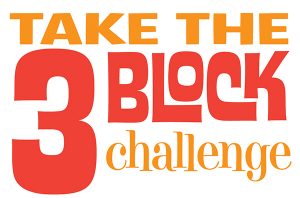 Walking or biking to school does not necessarily mean door-to-door or even every day. Whether it’s once a month, once a week, or every day, from your door or a only a few blocks, we encourage you to explore what works for your family. Truly, each block and every day not driven can make a big difference.
Walking or biking to school does not necessarily mean door-to-door or even every day. Whether it’s once a month, once a week, or every day, from your door or a only a few blocks, we encourage you to explore what works for your family. Truly, each block and every day not driven can make a big difference.
For those who need to drive to school, or are feeling pressed for time, we suggest you start with a 3 Block Challenge and see how easy it is. By parking just a few blocks away and walking the rest you’ll be supporting the program and helping your school community be safer in the process.
Carpooling and transit may be other options for families that could also help save time and money, while reducing congestion around schools
Less cars = safer streets and healthier, make active communities.
Walking or biking to school provides simple solutions to some very complex issues:
-
More Exercise: 30% of American children are considered overweight or obese. Less than 15% of children in the U.S. get the recommended 60 minutes of daily activity. In 1970, approximately 50% of children walked or biked to school. Today, it’s closer to 18%
-
Safer Streets: Nationally, school traffic accounts for 15-20% of morning congestion. Traffic around schools impacts the safety of the school community.
-
Cleaner Air: Pollution near schools increases health risks to students of all ages
Advantages of walking and rolling to school
-
Increase students’ confidence, attendance, and academic performance.
-
Provides kids more time to be physically active outdoors, connect with their friends and neighbors, all things we know nurture social connection, mental health, and feelings of wellbeing.
-
Children learn valuable life-lessons, such as good decision making, time management, responsibility and developing greater community awareness.
-
Allows families to practice traffic safety lessons
-
Spend extra one-on-one time with your kids. It’s difficult to overestimate the value of the time parents spend with their kids on their walks to and from school, even if only a few blocks.
Transportation is now the largest contributor to carbon emissions. Shifting to active transport could save as much as a quarter of personal carbon dioxide (CO2) emissions from transport.
From one European study:
“This is one more piece of evidence on the multiple benefits of active travel, alongside our previous studies showing cycling is the best way to get around cities for both physical and mental health, and that promoting cycling helps tackle obesity. This should encourage different sectors to work together to create desirable futures from multiple health, environmental and social perspectives.”
